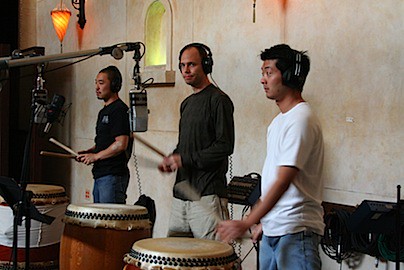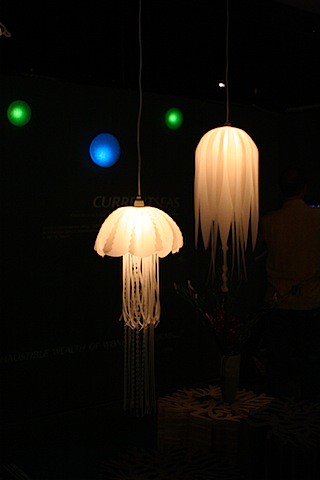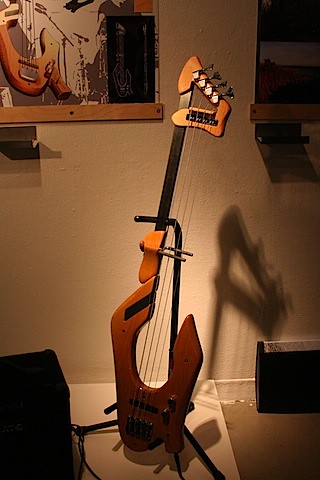Over the past 100 years or so, there has been a gradual migration in the way that music is conceived by its creators. 100 years ago, before the invention of recording technology, there was only one way that music could be heard; you had to be in the presence of a musician, who actually *played* the music for you. Now, if you want to hear music, all you have to do is press a button or two on your CD player/iPod/car radio/computer.
This is a fairly obvious statement, but it has implications, both good and bad, on how music is written. 100 years ago, as a composer, you had to take into consideration the performer of the music: you had to write something that could be played reasonably well by any musician. You had to take into consideration the limitations of both the players, and the spaces that they were playing in. And what's most important, since the act of listening involved being in the presence of a performer, you had to give them something to *perform*--and by that, I mean that you had to write in a manner that gave the instrumentalist something to show off their skills.
Let me elaborate first by establishing a principal that is dear to me (and I will put it in bold, so the point is not lost):
Very, very simple music can be very, very good music.
What I mean by this, is that it's not necessarily about how many notes you cram on a page, or how technically groundbreaking or virtuosic your composition is; quality is not necessarily dictated by complexity.
But when you write specifically for a performer (whether a specific performer, or instrumentalists in general), you really want to give the performer something to show off. So in other words, even though a piece of music might be made of ridiculously simple and technically mundane gestures (and still be a quality piece of music), your performer will be lacking something because they're still going to want to show off how quickly and brilliantly they can play fast figures and scales. And frankly, 100 years ago, performers had considerably more sway over the composers writing for them, because if it weren't for them, no one would hear their works.
I recently attended a chamber music concert at Zipper Hall of the Colburn School, by the Calder Quartet, of the Mendelssohn String Quartet in A minor (op. 13) "Is Est Wahr?" It was a gorgeously written piece....a lot of stretto entrances, fugal writing....moving parts, so to speak. And no doubt it was a showcase for the technical proficiency of the players too (and let's face it...of the composer, as well). It was a great reminder of the way music used to be written, in the days before recording technology.
On to what has changed in the last 100 years: because of recordings, now music can be heard without the aid of the live performer. This gives rise to a new methodology of thinking of writing music; that is, now you think about the recorded process first, then think about how to perform it live later on. This is how virtually 99.9% of popular music is conceived these days; in recorded form first, live form second. Is this a bad thing? Not necessarily. On one hand, it's liberating to the pure musical process of composing; that is, your palette is suddenly limitless, and you can make your music as complex--or as simple--as you want it to be. But on the other hand, it's easy to lose sight of the factors that make live music great, and to short change the performers that may ultimately be playing your material.
What winds up happening is that a lot of the music being written for popular outlets these days is frankly well below the technical abilities of those people performing it...especially in orchestras. You see this in the recording studio a lot--orchestras come in to do film scoring sessions, and are bored silly by the simplicity of the music that they're playing. I'm sympathetic to that--but at the same time, because something is simple, does it necessarily make it less of a piece of music? I don't think so.
Those are my rambling thoughts for the day.
Labels: Composition Principals






